“I was the first to sail around the globe,
Loose translation of a legend on Ortelius’s 1590 map showing the Nao Victoria.
I am deservedly called Victoria,
My sails are my wings,
My reward, glory,
My struggle, the sea.”
You know how sometimes you come across something and think, ‘Wow, what a cool job!’ Well, the crew of the Nao Victoria has a very cool job; sailing a replica of the first ship to circumnavigate the globe on a European tour. Doesn’t that sound great? Definitely more fun than sitting at a desk all day. The Nao Victoria has so far stopped at Great Yarmouth, Brixham and Plymouth, and last weekend, it made its first ever stop at Chatham Marina.
It’s not often that you get an opportunity to stand on the deck of a Spanish carrack, so I went down to the marina to see it with the Man of Kent. What a beautiful sight it was! An elegant ship of oak and pine, painted black, gently resting on the water alongside modern tugboats, yachts, and speedboats.
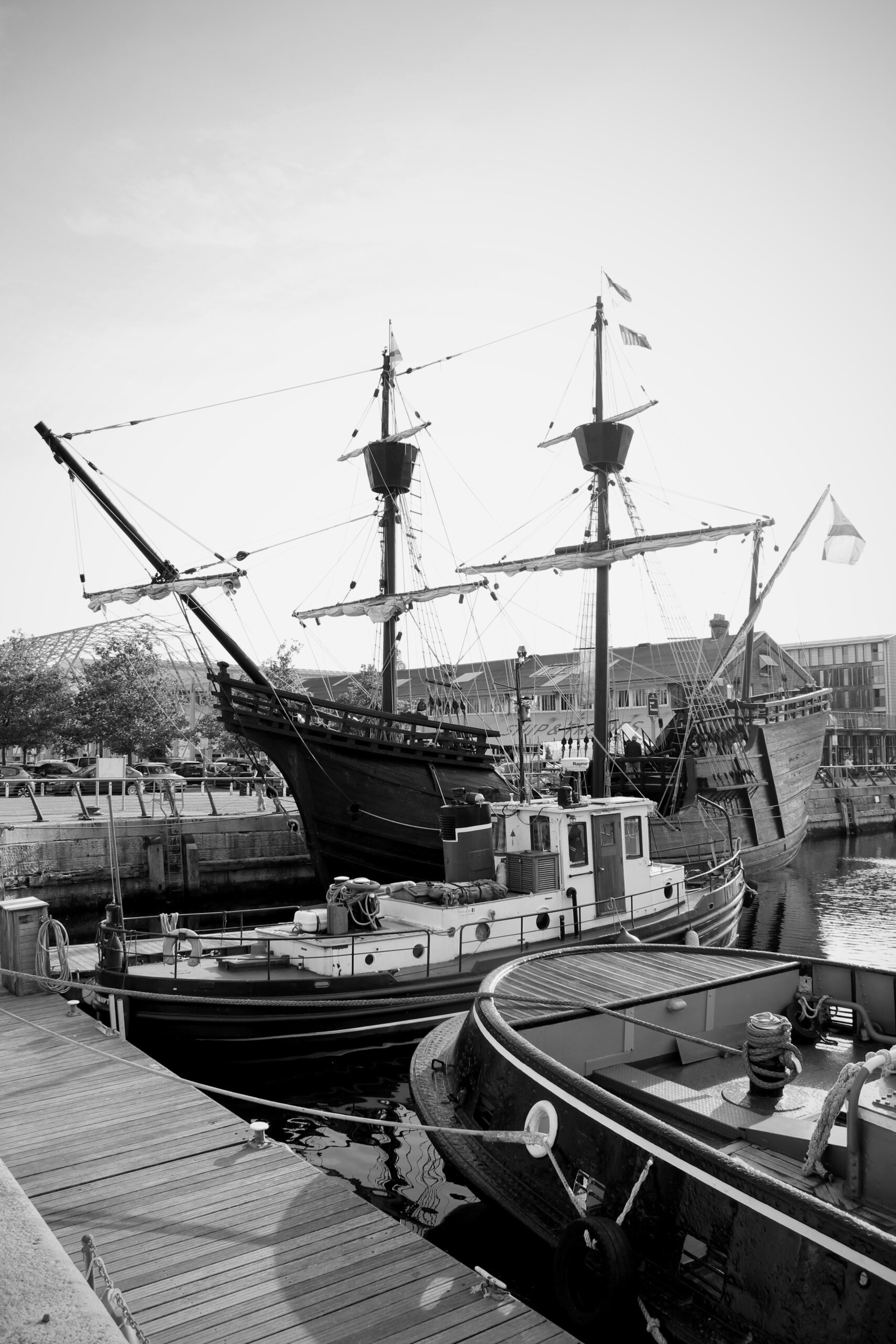
The name ‘Nao Victoria’ means ‘carrack Victory’. A carrack was a sailing ship used in the 1500-1700s, primarily for exploration and trade. They were typically built with three masts, rigged with square sails, and steered with a whipstaff rather than a wheel.
The original Nao Victoria was one of five ships that formed Ferdinand Magellan’s expedition to the Maluku Islands, or so-called Spice Islands. Magellan’s mission, supported by King Charles I of Spain, was to find a passage to the Spice Islands via South America, opening up a lucrative trade route for Spain.
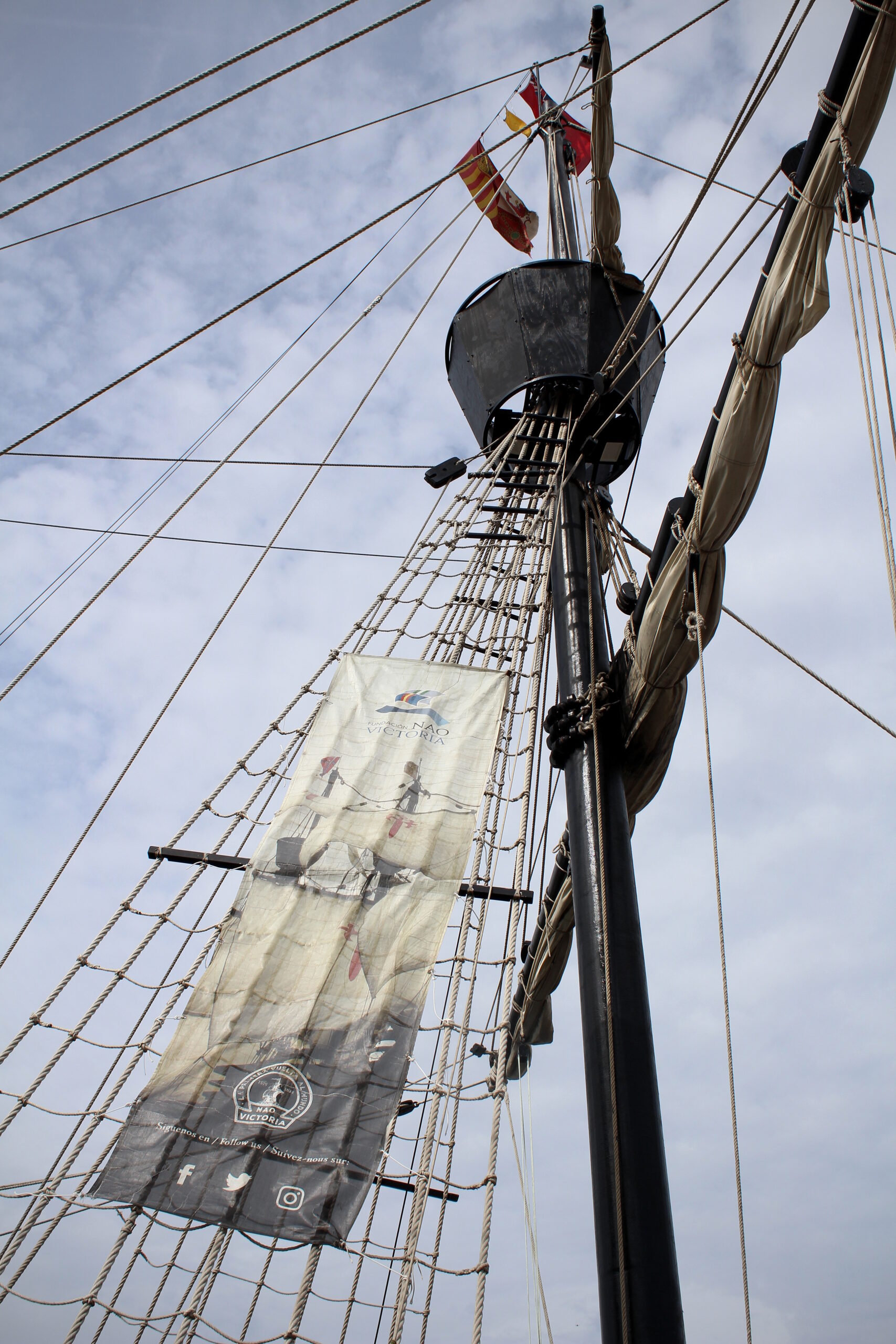
The intrepid voyage led to the discovery of the Magellan Strait (which connects the Atlantic and Pacific Oceans) as well as the Marshall Islands, Tuamotu Islands, Mariana Islands and parts of the Philippines. But the journey was beset by scurvy, shipwreck and mutiny. Magellan himself perished on Matcan (part of the Philippines).
Of the five ships that left Seville in 1519, only the Nao Victoria and 18 members of its exhausted crew made it back to Spain in 1522, under the command of Juan Sebastián Elcano. By doing so, the Nao Victoria became the first ship to successfully circumnavigate the world. It would take another 60 years for this feat to be repeated by Sir Francis Drake. The Spanish navy’s current training ship is named after Elcano in recognition of his maritime achievements.
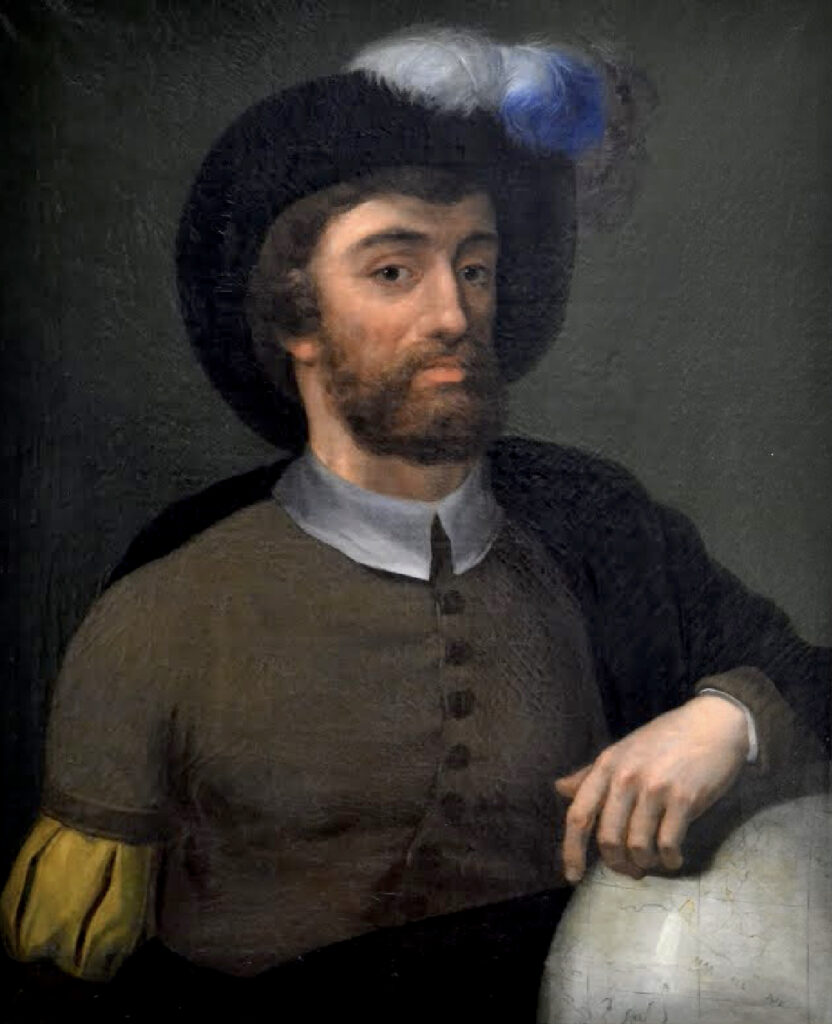
Among the 18 survivors was Antonio Pigafetta, an Italian scholar and chronicler of the expedition. His journals are the source of much of the information we have today about the Magellan expedition.
The replica Nao Victoria was built in Spain in 1991 (the original was lost at sea in the 1570s). The ship’s design, dimensions and equipment are based on extensive historical research by its designer and builder, Ignacio Fernández Vial, and historian, Guadalupe Fernández Morente. It was built at the Punta Umbria shipyard in Huelva, Spain. On its first commemorative voyage from 2004 to 2006, the Nao Victoria sailed to 17 countries, covering a gobsmacking 26,894 miles and becoming the first replica ship to circumnavigate the globe.
The Nao Victoria was the second smallest ship in the original Magellan fleet. It was named after the Church of Santa María de la Victoria de Triana in Seville, where Magellan had sworn an oath of allegiance to King Charles I before starting his voyage. It would have had a crew of around 40 men, though how on earth 40 people managed to live and work on such a small vessel is beyond me. Only the captain had his own cabin.

When you have lived in Medway as long as I have, you become very interested in ropes, because Chatham is still the centre of the UK ropemaking industry today. The Nao Victoria’s hemp fibre ropes were made by a rope-making firm in Cadiz, based on specifications set out in shipbuilding treaties from Magellan’s time.
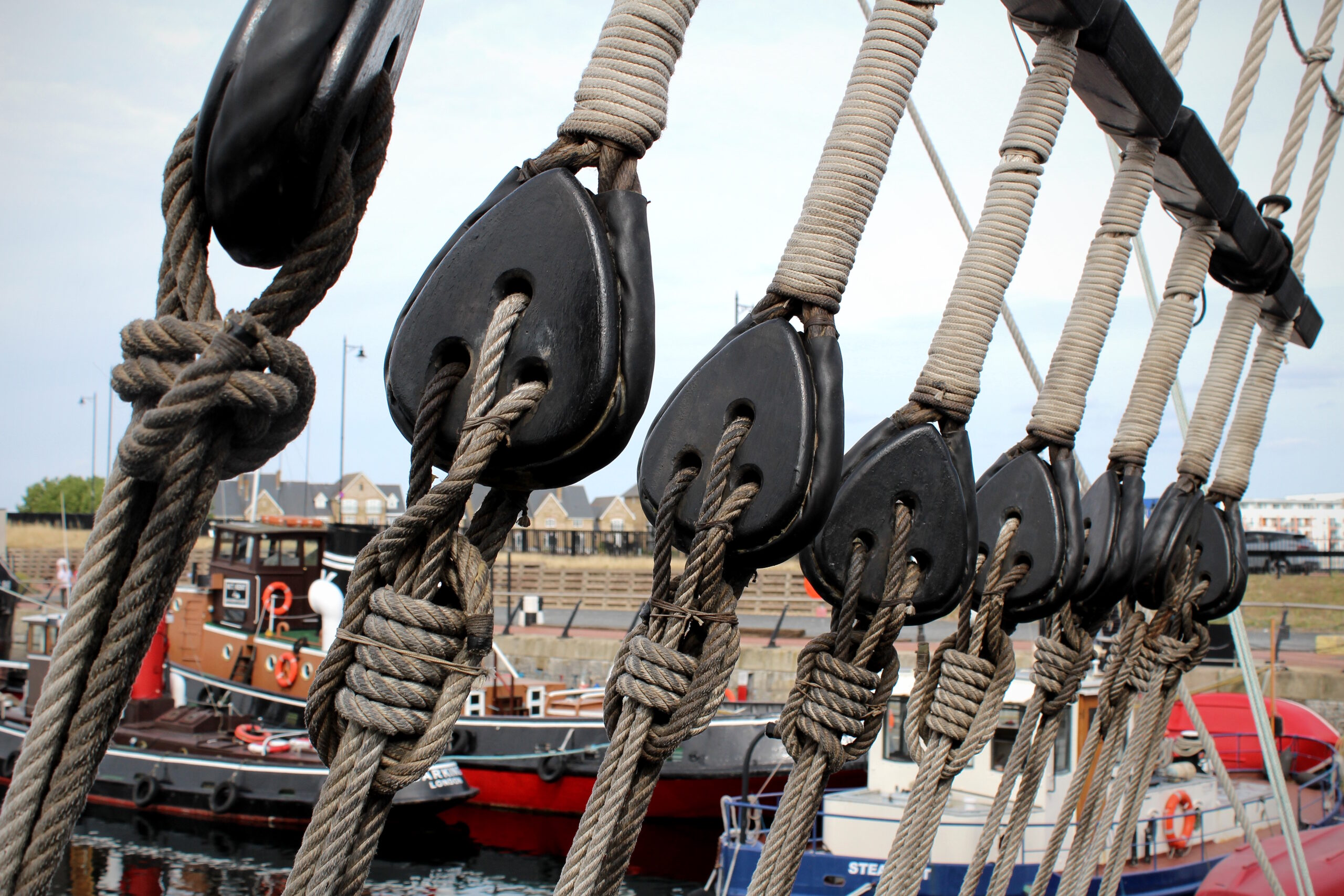
Walking aboard this small but mighty vessel, you find yourself thinking about what its crew had to endure on their epic voyage around the world. They couldn’t have imagined the extent of the hardships they would face, how much their limits would be tested. Magellan’s expedition was a daring adventure and ultimately a success; it found a route to the Maluku Islands. But it was also a massive gamble that cost the lives of over 200 men. The replica Nao Victoria is a reminder of an immense seafaring achievement. It’s also a monument to human endurance and the crew of the Magellan expedition who lost their lives in the pursuit of spices and money. Its story is incredible – like something out of the best adventure novels. And I would never have known about it if the Nao Victoria hadn’t sailed into Chatham last weekend.
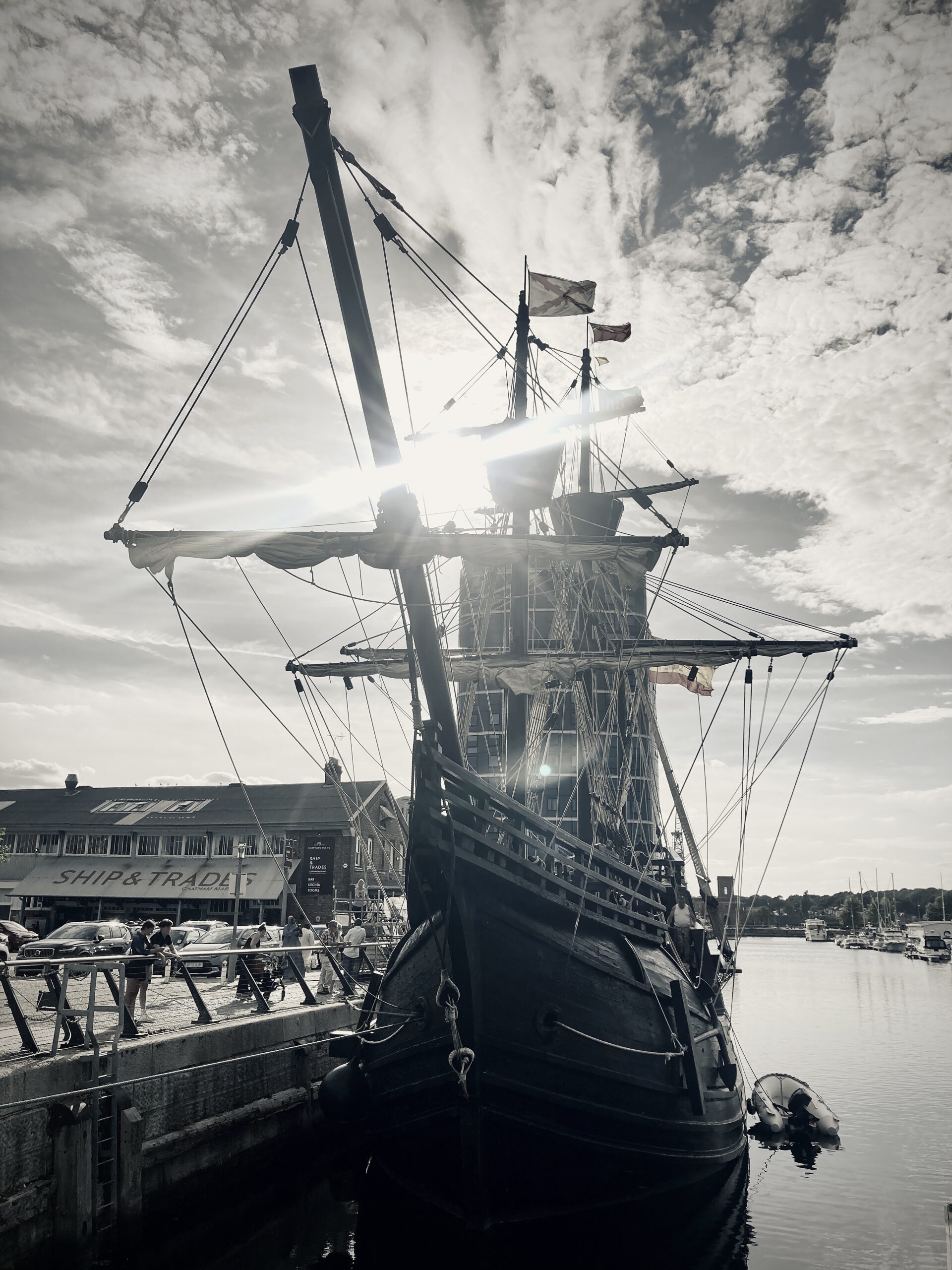
The Nao Victoria is now in Amsterdam. You can follow its activities on all the usual channels. If you want more information about the history of this courageous ship, check out the Fundación National’s excellent Google Arts & Culture site. And if you get the chance to see the Nao Victoria at a port near you, go and see it.

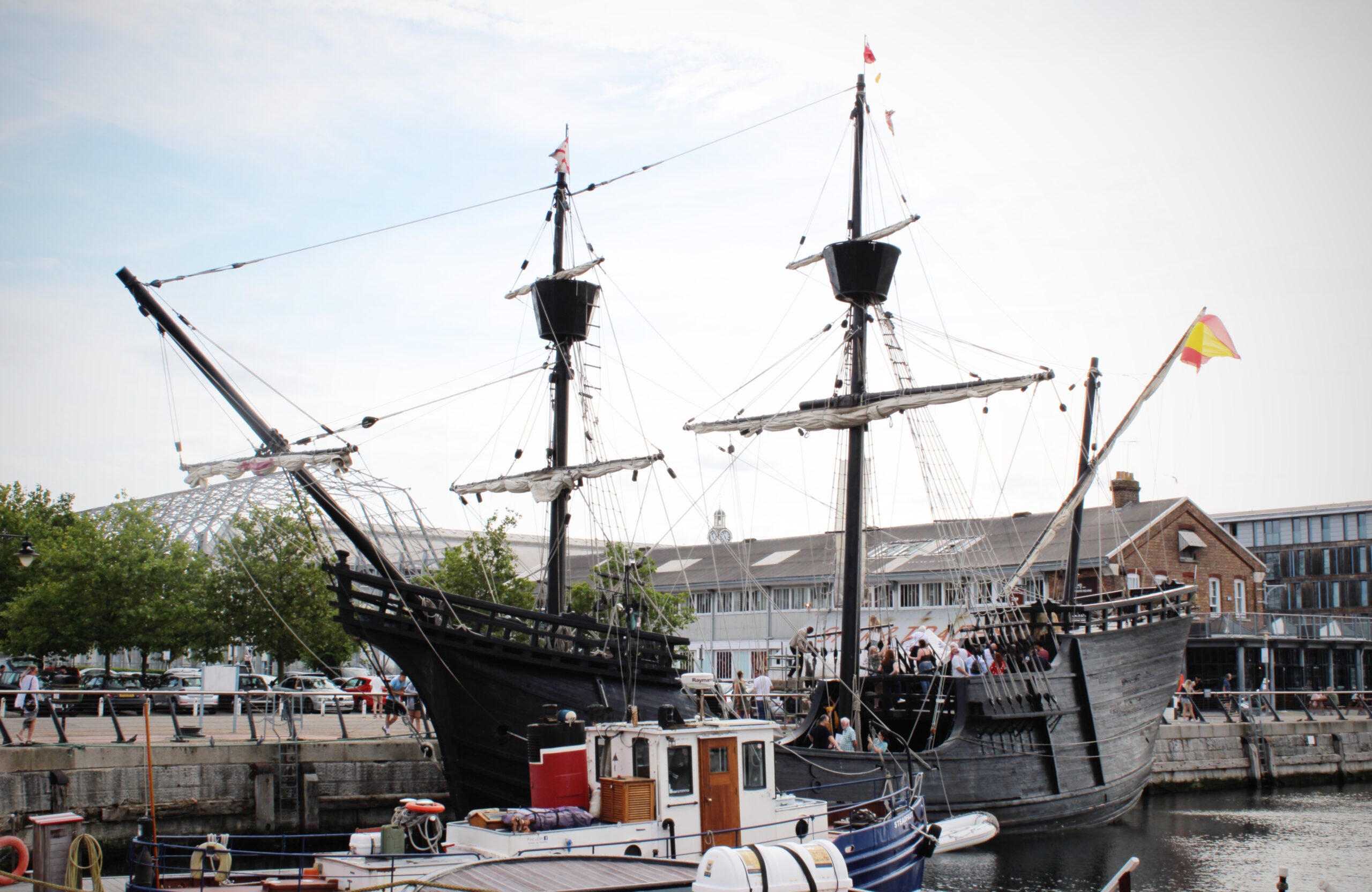
Leave a Reply